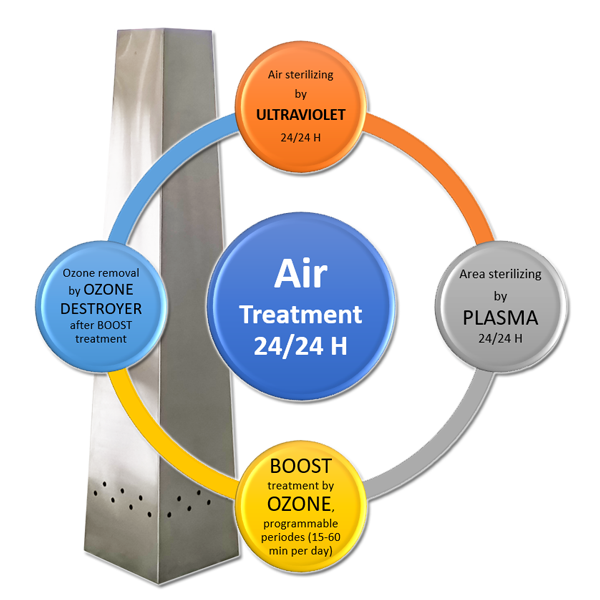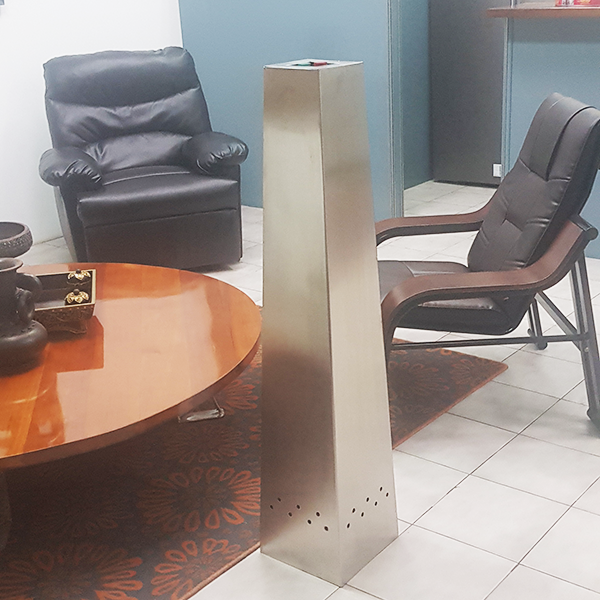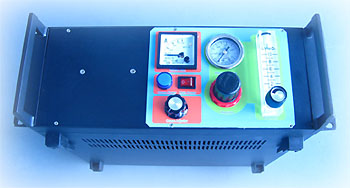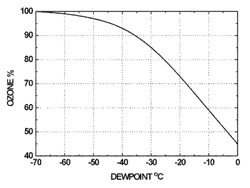
Professional and Powerful air treatment in Modern Design
The O3 PYRAMID for constant
room/area purification

Contact Us for more Information About our
Air purification (UV and Ozone Disinfection)

We also supply large capacity of Ozone generator range from 2 GPH (gram per hour) – 60 GPH for commercial application. Corona Discharge technology utilizes high voltage electricity to bombard oxygen into Ozone gas. When applying pure oxygen produced from our oxygen concentrator (oxygen generator) it will enhance productivity much more than apply only dry air average 40% up.
Corona discharge, ozone generator products
| Ozone generator model |
||||||
|---|---|---|---|---|---|---|
| Number of UV-lamps | 1 lamp | 2 lamps | 3 lamps | 4 lamps | 6 lamps | 8 lamps |
| Ozone flow (Gram/hour) | 1 G/H | 2 G/H | 3 G/H | 4 G/H | 6 G/H | 8 G/H |
| Capacity of lamps (Watts) | 80 watts | 160 watts | 240 watts | 320 watts | 480 watts | 640 watts |
| Capacity of UV-C lamps | 25 W UV-C | 50 W UV-C | 75 W UV-C | 100 W UV-C | 150 W UV-C | 200 W UV-C |
| Lifetime of lamps | 10000 Hr | 10000 Hr | 10000 Hr | 10000 Hr | 10000 Hr | 10000 Hr |
| Capacity of disinfection (m3/h) in millijoules/cm2 (30mJ/cm2) | 13 m3/h | 25 m3/h | 40 m3/h | 54 m3/h | 80 m3/h | 110 m3/h |
| Capacity of disinfection (m3/h) in millijoules/cm2 (90mJ/cm2) | 4.3 m3/h | 8.3 m3/h | 13.3 m3/h | 18 m3/h | 26.6 m3/h | 36.6 m3/h |
| Volume of treated water for swimming pool/spa (Pump 12 hours/day) With only 20% chemical addition Brome/active oxygen etc | 7-11 m3 | 12-25 m3 | 26-46 m3 | 46-65 m3 | 66-95 m3 | 96-120 m3 |
| Volume of treated water pond natural basin, etc. pump 24h/24h 0% Chemicals | 14-22 m3 | 24-50 m3 | 52-92 m3 | 92-130 m3 | 122-190 m3 | 192 m3 |
| Weight (Kilogram) | 25 kg | 30 kg | 35 kg | 50 kg | 70 kg | 85 kg |
| Dimension in cm (Width x Length x Height) | 8 x 16 x 51 | 13 x 23 x 89 | 16 x 28 x 89 | 16 x 28 x 89 | 18 x 33 x 89 | 23 x 44 x 89 |
| Price in Euro* | 1,509.00 € | 1,728.00 € | 1,982.00 € | 2,568.00 € | 3,393.00 € | 3,745.00 € |
| Price in USD* | 875.00 $ | 1,205.00 $ | 1,387.00 $ | 1,618.00 $ | 2,162.00 $ | 2,620.00 $ |
Advantages of corona discharge ozone generation :
- Creates higher quantities of ozone more efficiently.
- Corona cell life exceeds the life expectancy of any UV bulb when dry air or oxygen is used.
- Small construction allowing a generator to be installed in virtually any area.
- Highest ozone concentration possible of any type of ozone generation.
- Industrial Systems can use preparations of oxygen, doubling the output of ozone per volume vs. dry air.
- More cost-effective than UV-ozone generation for large scale high concentration installations.
- Much less electrical energy is required to produce the same quantity of ozone.
- Higher gas phase concentrations mean the handling of lower gas volumes.
Corona discharge (CD) Ozone generation :
The technologies involved in corona discharge ozone generation are varied, but all operate fundamentally by passing dried, oxygen-containing gas through an electrical field. The electrical current causes the “split” in the oxygen molecules as described in the section on ultraviolet ozone generation. Past this common feature, the variations are many, but the generally accepted technologies can be divided into three types – low frequency (50 to 100 Hz), medium frequency (100 to 1,000 Hz), and high frequency (1,000 + Hz). Since 85% to 95% of the electrical energy supplied to a corona discharge ozone generator produces heat, some method for heat removal is required. Also, proper cooling significantly affects the energy efficiency of the ozone generator, so most corona discharge systems utilize one or more of the following cooling methods: Air or water.
Ozone being created via corona discharge :
At the heart of a corona discharge ozone system is the dielectric.
The electrical charge is diffused over this dielectric surface, creating an electrical field, or “corona”. Critical to CD ozone systems is proper air preparation. The gas feeding the ozone generator must be very dry (minimum – 80 degrees F), because the presence of moisture affects ozone production and leads to the formation of nitric acid.
Nitric acid is very corrosive to critical internal parts of a CD ozone generator, which can cause premature failure and will significantly increase the frequency of maintenance. The chart below shows that relative ozone output decreases as moisture content increases.

The electrical charge is diffused over this dielectric surface, creating an electrical field, or “corona”. Critical to CD ozone systems is proper air preparation. The gas feeding the ozone generator must be very dry (minimum -80 degrees F), because the presence of moisture affects ozone production and leads to the formation of nitric acid.
Nitric acid is very corrosive to critical internal parts of a CD ozone generator, which can cause premature failure and will significantly increase the frequency of maintenance. The chart below shows that relative ozone output decreases as moisture content increases.
Ozone effects on specific bacteria, Viruses and molds :
Bacteria are microscopically small, single-cell creatures having a primitive structure. The bacteria body is sealed by a relatively solid-cell membrane. Ozone interferes with the metabolism of bacterium-cells, most likely through inhibiting and blocking the operation of the enzymatic control system. A sufficient amount of ozone breaks through the cell membrane, and this leads to the destruction of the bacteria. Viruses are small, independent particles, built of crystals and macromolecules, Unlike bacteria, they multiply only within the host cell. They transform protein of the host cell into proteins of their own. Ozone destroys viruses by diffusing through the protein coat into the nucleic acid core, resulting in damage of the viral RNA. At higher concentrations, ozone destroys the capsid, or exterior protein shell by oxidation so DNA (deoxyribonucleic acid), or RNA (ribonucleic acid) structures of the microorganism are affected.